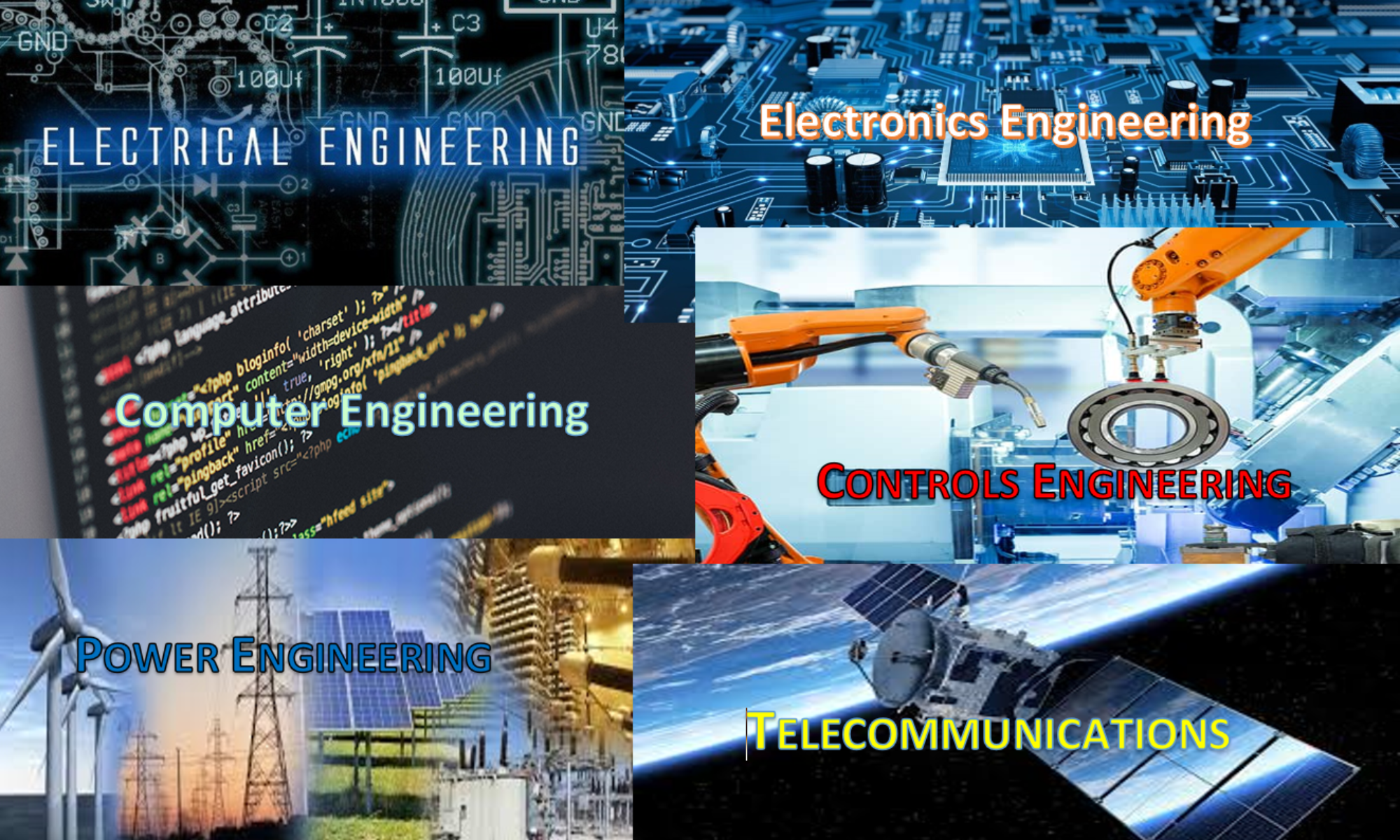Glick will focus on the new administration’s direction toward a cleaner energy transition, which is a major part of America’s new power energy plan to ultimately reduce our country’s carbon emissions. Glick has served on previous roles committed to our nation’s energy infrastructure.
Fast-Charging Electric Car Battery Could Replace Internal Combustion Engine
Zenger – An Israeli startup has produced 1,000 extra-fast-charging electric car batteries that could be the future for automobiles.
StoreDot‘s XFC proprietary lithium-ion batteries can be charged up to full capacity in just five minutes, compared to 30 to 40 minutes for other electric car batteries, including those made by Tesla. If the company’s batteries can be mass-produced over the next three years, it could mean gameover for the internal combustion engine.
StoreDot replaces the graphite used in traditional lithium-ion batteries with germanium-based nanoparticles, into which ions can pass quickly and more easily. The company plans to transition to silicon, which is less expensive than germanium, next year to make the cost equal to lithium-ion batteries.
State regulators fine Xcel Energy $1M over dispute with solar developers
StarTribune – Minnesota utility regulators Thursday slapped Xcel Energy with a rare $1 million fine for a bevy of complaints over delays in connecting solar projects to the electricity grid.
Almost all of the roughly 120 complaints were filed by St. Paul-based All Energy Solar in 2019. A solar trade group said All Energy’s grievances reflect longstanding and costly interconnection problems with Xcel for the entire industry.
Minneapolis-based Xcel, the state’s largest electric utility, has acknowledged shortcomings. But it argues that the big batch of complaints should be rolled into one.
The Minnesota Public Utilities Commission (PUC) unanimously disagreed with Xcel’s assertion but split on whether to immediately hit Xcel with the $1 million fine.
Get Access to Free Online Electrical Engineering Calculator Tools at 3 Phase Associates
Click the link here to access the free online electrical engineering calculator tools by 3 Phase Associates or click the individual tool below in order to perform basic electrical engineering calculations, like: transformer fault currents, short circuits, substation physical electrical clearances, voltage drop, power factor correction, motor full load, conductor ampacities, grounding, lighting design, solar power systems, etc.
Elon Musk to offer $100 million prize for ‘best’ carbon capture tech
Reuters – Tesla Inc chief and billionaire entrepreneur Elon Musk on Thursday took to Twitter to promise a $100 million prize for development of the “best” technology to capture carbon dioxide emissions.
Capturing planet-warming emissions is becoming a critical part of many plans to keep climate change in check, but very little progress has been made on the technology to date, with efforts focused on cutting emissions rather than taking carbon out of the air.
The International Energy Agency said late last year that a sharp rise in the deployment of carbon capture technology was needed if countries are to meet net-zero emissions targets.
Tunnel discovered on TVA land in Norris
OakRidger – TVA has discovered a mysterious tunnel on its land in Norris.
Located at TVA’s Norris Engineering Labs, the previously hidden tunnel had been buried beneath the surface for decades with no records or indication of its existence until now. Found during routine work as part of the Norris consolidation and renovation, the tunnel measures 40-feet long and 10-feet wide, and is complete with spider webs, mice and dark creepy corners.
“Access to the tunnel is currently prohibited due to environmental, health and safety concerns;






